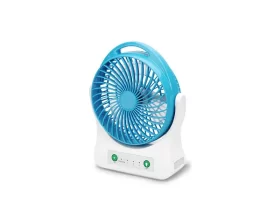Much has been written about solar energy’s benefits.
Almost everyone knows that compared to non-renewable energy options, solar is sustainable and cost-effective. Many are also aware that solar power can increase a property’s value and work almost everywhere. Yes, even in areas with low solar resources, solar can be operable.
Of course, for eco-conscious homeowners, the most important benefit of going solar is reducing greenhouse gas emissions and water consumption. Having said that, while some people know the advantages of solar, they’re still not quite sure how photovoltaic solar panels work.
If you also have questions about PV panels, you’re in luck. Here, we’ll talk about photovoltaics and how solar power systems function.
Photovoltaic Solar Panels: The Basics
You’ll often come across the term ‘photovoltaic’ when browsing articles about solar energy, but what does it mean?
The branch of science that studies light-electricity conversion is called photovoltaics. It comes from the Greek word phos, which means light and volt (named after Italian physicist Alessandro Volta).
Photovoltaic panels and other PV materials such as cells and arrays are components that convert sunlight into electricity. If you’re confused about solar cells, panels, and arrays, just remember that PV cells are the smallest units. A panel is a collection of solar cells, while an array is a group of PV panels.
How Do PV Panels Work?
If you get in touch with a local solar company, they’ll inspect your house and recommend solar equipment that will be most efficient for your property. It can be a rooftop setup or ground-mounted.
Regardless of where the panels are placed, how they work to produce electricity is the same. Each PV cell is made of a semiconducting material, usually silicon.
PV cells can reflect light particles (photons) or absorb them. The more sunlight they take in, the more electricity they can generate.
Types of Photovoltaic Panels
Monocrystalline, polycrystalline, and thin-film are the three main types of PV panels used today.
The most efficient but most expensive are monocrystalline panels made from a single silicon piece. Note that using only one silicon part allows electricity to flow freely through the cells.
Meanwhile, polycrystalline panels are produced by melting different silicon parts. They’re more affordable, but they’re also less efficient than monocrystalline panels. Last would be thin-film panels, which are light and durable but aren’t as efficient as mono- or polycrystalline panels.
Switching to Solar? Research Is Your Friend
Now that you understand the basics of photovoltaic solar panels, have you decided to make the switch to solar energy?
Before you contact solar installers in your area, be sure to do your homework. Ask them about the best solar power setup for your home and the types of PV panels they recommend. You can also have them explain how their solar equipment works and see if it’s the same as what you’ve learned in this post.
For more tips and advice on going solar, there are tons of resources online. You can also browse our articles on renewable energy.









